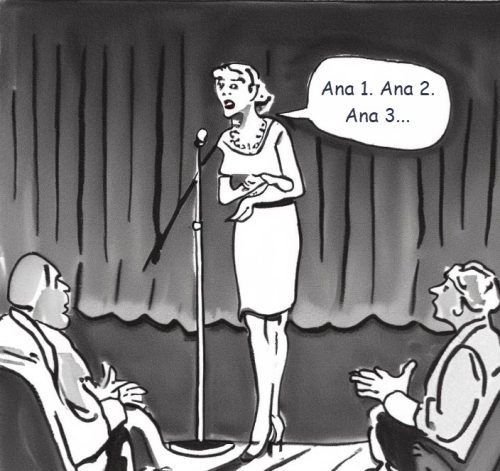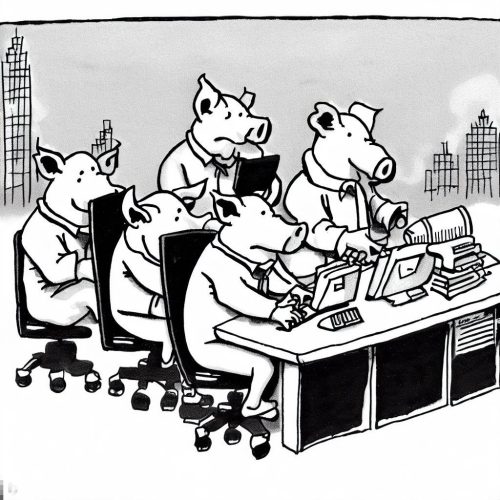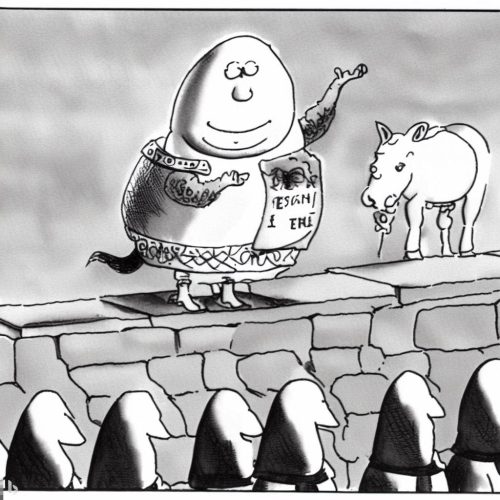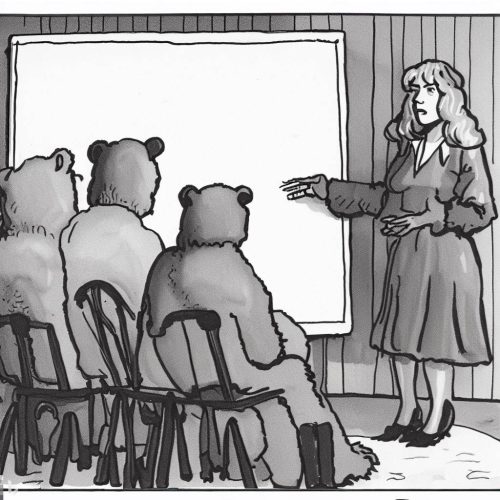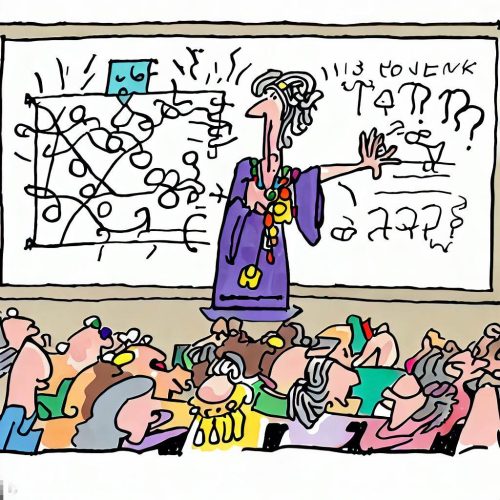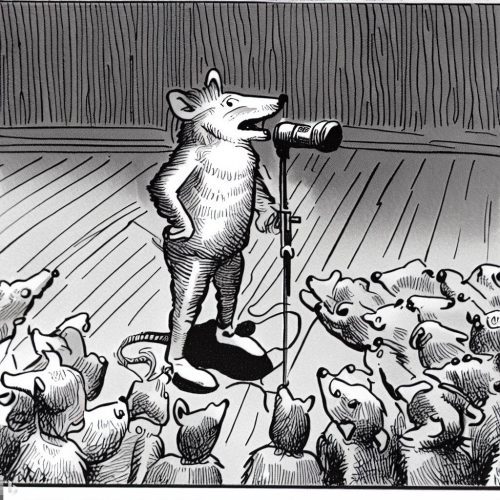How do I coach a SUPER FAST talker who’s about to speak to an international audience?
I don’t tell them to slow down.
What? Why? Why not????
Because it doesn’t work!
Oh, it can work for a minute or two. But then, the fast talker gets excited. Their nerves take over, and they’re working up steam and, whoopsie-daisy!
They’re off and speeding again! 🐰
The trouble with focusing on PACE is that it’s hard to gauge when you’re in the moment. A great pace for public speaking ranges from 140-170 words per minute. But if you tell people to keep it within that range — how do they know what to do?
You can’t be in the moment while counting your words and staring at a stopwatch! Not only does that take you out of the moment, it also kills your enthusiasm for your topic!
So I use a mind trick to get fast talkers to slow down. 🐢
I ask them to focus on their PRONUNCIATION, not their PACE.
I’ll get them to think about pronouncing their words carefully so their audience can understand each one!
Voila!
As a result, their PACE slows down!
And yet, they can sustain working on their pronunciation because it’s word-by-word instead of minute-by-minute. Going word-by-word puts you in the moment.
(The other problem with focusing on PACE is that it can take all the enthusiasm out of a speaker’s voice. But when they work on pronunciation, they can maintain the vocal variation that makes their voices interesting to listen to!)
Don’t tell fast talkers to slow down! Instead, ask them to focus on pronunciation. They’ll get better results.

